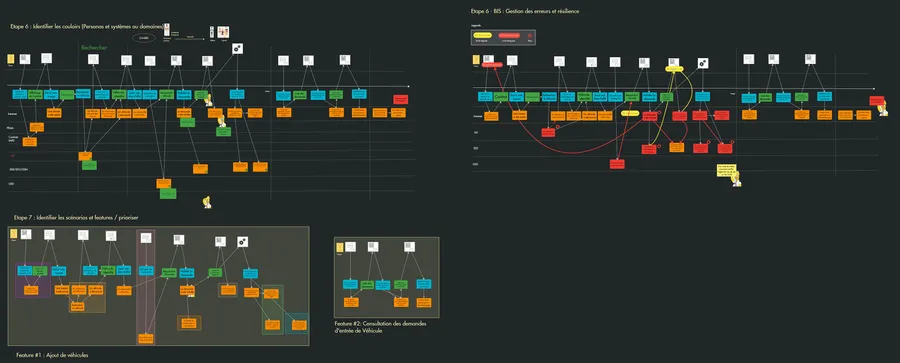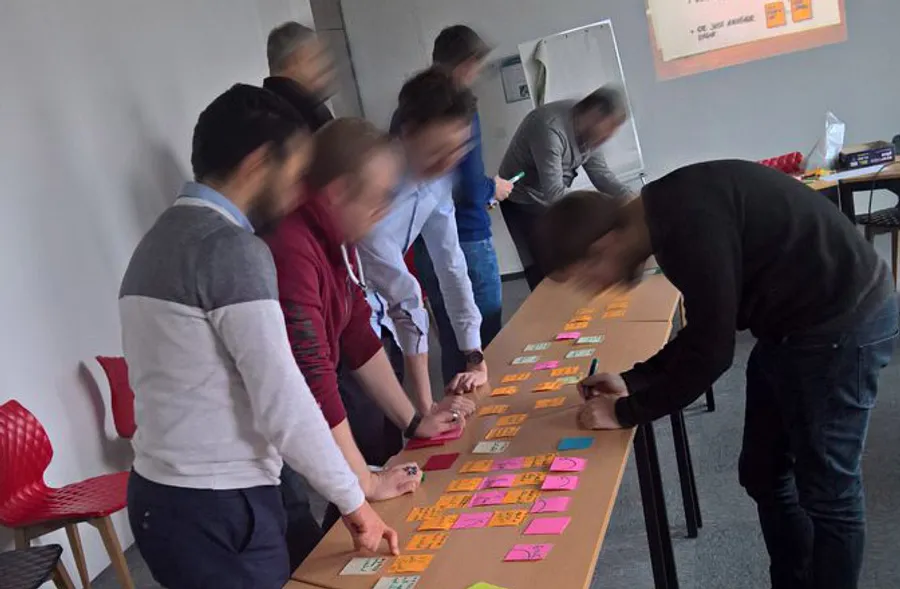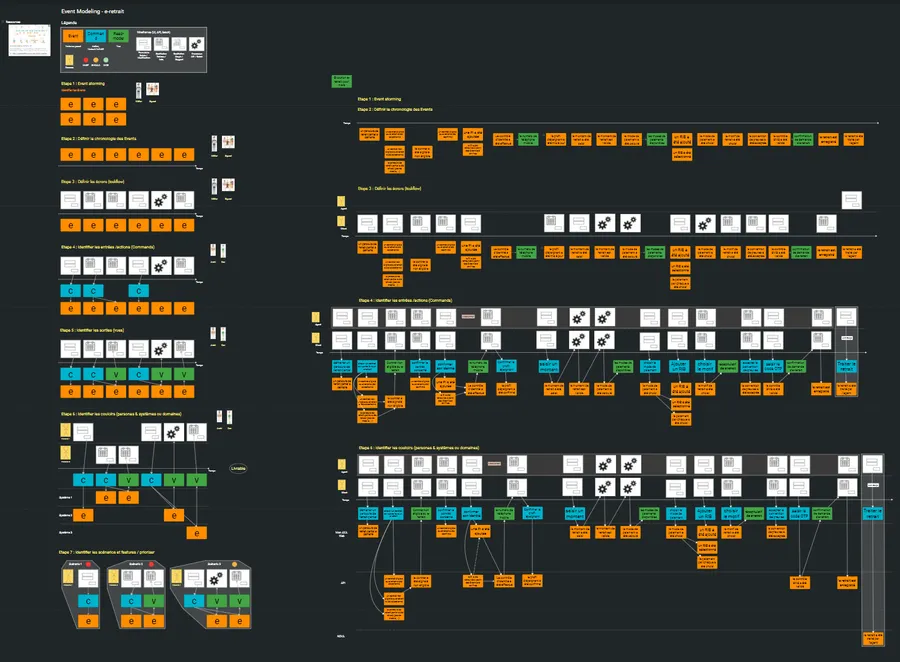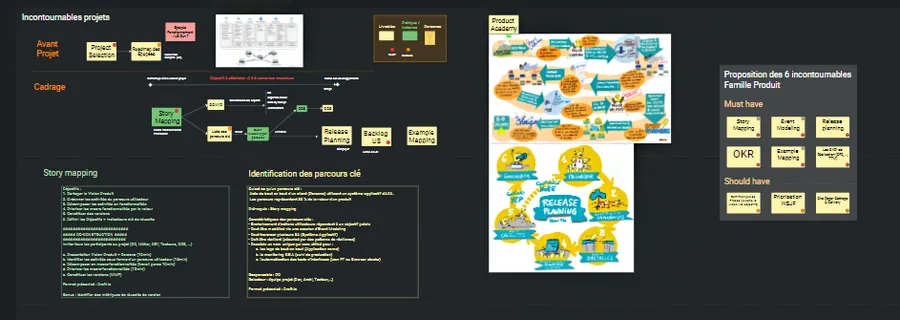
Translate business needs into features
effectively with Event Modeling
-

Emmanuel LEHMANN Software Craftsmanship & Agile Consultant
at AXA


Emmanuel LEHMANN
Software Craftsmanship & Agile Consultant
at AXA

With a customer base of 105 million (and growing), AXA is recognized industry-wide as one of the largest insurance companies in the world. AXA France, more specifically, represents about one quarter of the entire group’s business activities. To consistently meet its customers’ expectations and also adapt quickly to changes within the insurance sector, the company regularly invests hundreds of millions of euros into its IT systems each year.
In 2011, for example, AXA France's IT team kicked off a major departmental transformation with the introduction of Agile and Craft practices. This transformation started with TDD (Test-Driven Development) methods, like Scrum, and then, in 2013, was followed by BDD (Behavior-Driven Development) methods, like Kanban and ScrumBan. And finally, in 2016, they implemented the 3 Amigos ceremonies to make Example Mapping widespread across all development teams.
It wasn’t until the end of 2019 that the IT department decided to unify Agile practices across all product and development teams. “The objective was to create more cohesion between the technical and product teams in order to translate business needs—and their budgetary constraints—into user stories,” explained Emmanuel.

The process more or less goes something like this:
AXA France’s business stakeholders inform the IT department of a specific need and then allocate a budget to it. The IT department then translates that need into user stories as a means of identifying both the dependencies as well as the potential impacts of implementing requested changes to the company’s information systems.
“We wanted to empower the product team to be a part of the solution,” continued Emmanuel. However, the question that most often comes up is: How do we initiate a discussion with the product team? So, to create a space for improved sharing and collaboration across teams, he proposed using Event Modeling as the path forward.
Event Modeling is an effective workshop method because it allows teams to visualize user journeys by persona—including the commands and views of the system for those personas—so they can better understand how this system will interact with external or dependent systems. This has become so central to how AXA’s technical and product teams do their work that learning the Event Modeling method is now a part of the group’s core training curriculum.
Because Event Modeling captures a series of events carried out by one or more personas in detail, Emmanuel suggests conducting a User Story Mapping (or Feature Mapping) workshop first in order to outline the narrative flow of the system to be developed. The goal here is to avoid wasting too much time on the details of the user stories and, instead, spend more time building the Event Modeling “skeleton” that the technical team can use to begin ideating potential solutions.
The Event Modeling workshop is, therefore, a great way to enable business stakeholders to hone in on the information they want to provide to users, so that development teams can translate those needs into real events and commands that allow users to interact with the proposed system. These valuable cross-functional discussions and collaborations ultimately make it possible for the teams to enrich the existing map with additional user stories that may fit very well within the usage scenarios already established.
All of this combined provides UX designers with rich, contextualized inputs to create mockups that can be submitted to the product team for review and implementation.

“In the past, UX designers would ask business stakeholders to respond to mockups without having first taken the entire need into account,” said Emmanuel. “Event Modeling now allows everyone involved to rely on the same information for making important business decisions.”
Emmanuel’s goal is to make this a collaborative process. He regularly uses the “dot system” (red, orange, green) to help the product team prioritize needs. “Collective decision-making around how to prioritize the backlog is a key element of Agile,” reiterated Emmanuel. This makes it possible to transpose features and functionalities in User Story Map (or Feature Map) form to define the different versions of the product to be implemented.
When followed by a 3 Amigos ceremony, the rules of each user story can be laid out in detail so that developers can begin taking action on that information accordingly. As Emmanuel puts it, “No user story should ever be put into development before Example Mapping has been completed.” This is truly a best practice for the development of any quality product.

As a visual and collaborative tool, Draft.io is used by AXA France’s IT team for both visual management and functional framing (or backlog refinement)—including User Story Mapping, Event Modeling, and Example Mapping—as well as for running retrospectives. “Draft.io helps us create essential links between each of these core practices,” concludes Emmanuel.
In the future, the goal for AXA France is to make the new product development process even more Agile—from the onset of a specific need to its final implementation.